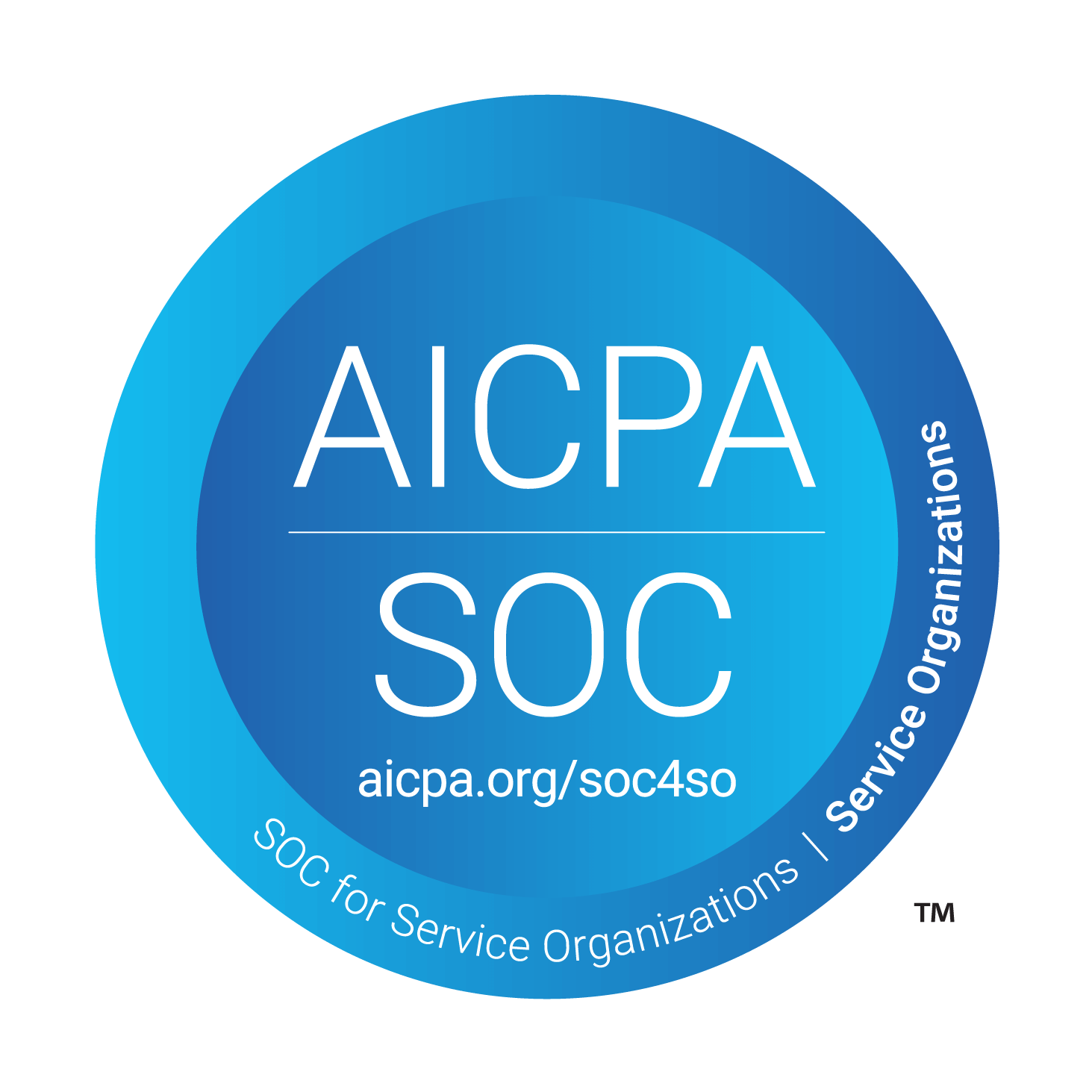How You Can Choose a Customer Community Platform For Your Software Company
Apr 13, 2023

Jennifer Serrat
Coach community manager @ CoachHub
Intro
Choosing a community platform to house your customer community on can feel overwhelming - with so many options available, where do you even start? Perhaps googling “best community platforms” could already narrow down the “top 10” but when you go through them, all their features sound the same and you realize that you don’t even know which feature you would use.... and now you are back to square one. So let’s back up a little bit.
Before considering a platform, you should have a community strategy already in place...ideally. If you don’t, you should start with at least a vision or an issue you're trying to solve to then eventually choose a platform that will help achieve that vision or solve that issue. On the one hand, platform selection won't usually make or break your community, as not even some of the “best”or “top 10” community platforms can make a mediocre strategy successful. On the other hand, a well-designed community strategy that takes into account what your customers truly desire and follows best practices in community management will typically succeed in a variety of settings.
Below is a framework that will make it simpler for you and your team to select a platform that best suits your goals for your customer community. Even if you are unfamiliar or lack first-hand expertise with the plethora of community platforms available on the market, this can still assist you to start making software decisions for your customer community, effectively.
Step 1: Start with a vision.
This way, the right technology can be chosen a lot more effectively when you have a clear idea of what you want to accomplish and how you want your customers to feel about it. This will also help paint a picture of what you want to see occurring in your community.
Sidenote: some platform vendors go as far as offering strategy as a service, however, it is worth noting that their strategy might be to build your strategy around using their own platform. Something to keep in mind.
Step 2: What are your “must-haves” and “nice-to-haves"?
Objectively speaking, there is no “best” platform or software, and selecting one based on those “best” lists will most likely result in not selecting the right platform for your community. Before checking out those lists, create your own list of functionalities you need to meet your objectives such as must-haves and nice-to-have features. The best platform will be the one that best supports your list. This list should include the following:
Customer experience: How do you envision your members interacting with the platform (sign-on process; ease of use and navigation) and with each other (live vs. asynchronous or both)?
Admin experience: Don’t forget about you and your team! What moderation tools are available? How thorough and reliable are the platform’s metrics and analytics (some have additional integrations at additional costs)? How many admins are allowed (each admin seat may come at an extra price)?
Content features: How is the content shown, published, or structured (forum, posts, threaded comments, channels)? Can you share links, and videos, embed content, or have editing features?
Usability: How user-friendly is it? Will your team or members’ ability to use the platform effectively require any major training? What about the actual space, how much customization does it have to fit with your current brand?
Technological compatibility: If any of your customers use software from your business, does it work well with it? Is single sign-on an option? Does the platform offer in-app integration with your SaaS tool, that could enhance the user or admin experience?
Cost: What is your budget? What are the payment options (monthly or annually)? Is it an all-or-nothing package or can you select features individually?
Step 3: Choose and compare 3 to 5 platforms
When I got to this stage of building my community, I went straight to a spreadsheet to build my comparative table, listing my must-haves and nice-to-haves on one side with the different platforms on the other. It is worth noting the different categories platforms fall under, as some cater more to enterprise companies while others are geared towards consumer or social types of communities, thus their features might vary and you might realize that you do not need all the bells and whistles for yours. Threado has a fantastic resource that maps the ecosystem of community tools. It will give you a feel of the landscape of community platforms. They do an excellent job of deconstructing the ecosystem, so once you have a better idea of what you're looking for, it should be relatively easier to determine which platforms are comparable.
Step 4: Align platform costs with your budget
Most if not all platforms offer different pricing options and levels, and most (if not all) also offer a free option albeit with limited features such as allowing up to 100 members and one admin seat, while others offer a free trial. The good thing about this part is it will help you narrow down, even more options in selecting a platform. Setting up a call with one of their Account Executives would be advised as you may get more insight or information not shown on their website pages, or maybe they have special offers happening. Questions to ask and consider (among others):
Is the cost paid monthly or annually?
Is there an additional charge for each moderator seat?
Are there additional charges for any other number of members?
Step 5: Lastly, demo your community
A good idea is to create a mock-up of your community to decisively contrast the two front-runner platforms in terms of user and admin experience. What this means is building a model of what you would want your community to look like and experimenting on the two platforms (especially if they offer free trials!). Then, the final process of elimination will be to invite other stakeholders and especially customers to test it out and give you feedback (these customers will become your early adopters and ambassadors). From there, you will confidently know which platform best suits your customer community. As you experience the platform on a daily basis, you will become more attuned to both its capabilities (or lack thereof) and how your customers use and interact with it, adapting along the way its architecture with your content, your members, and your overall community strategy.





